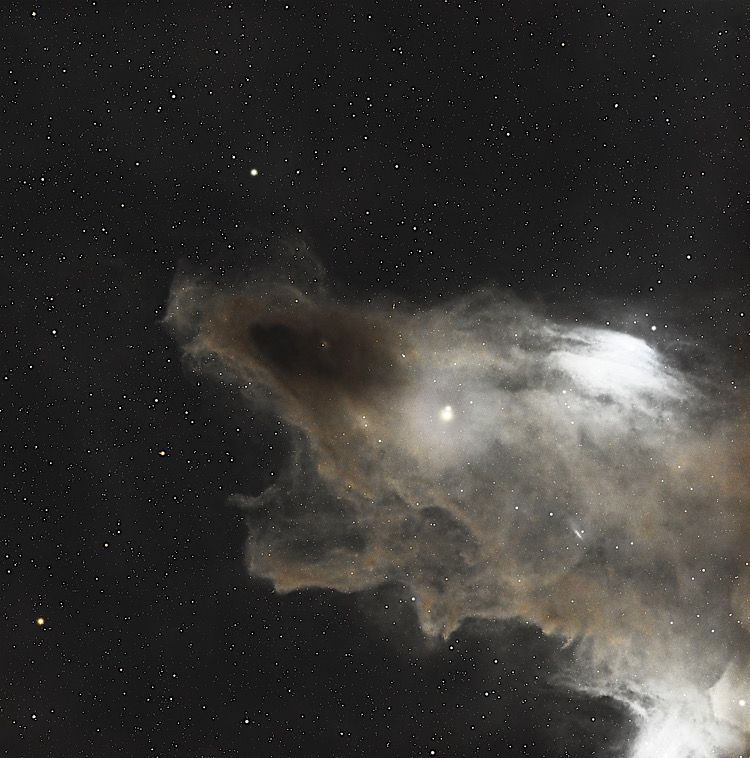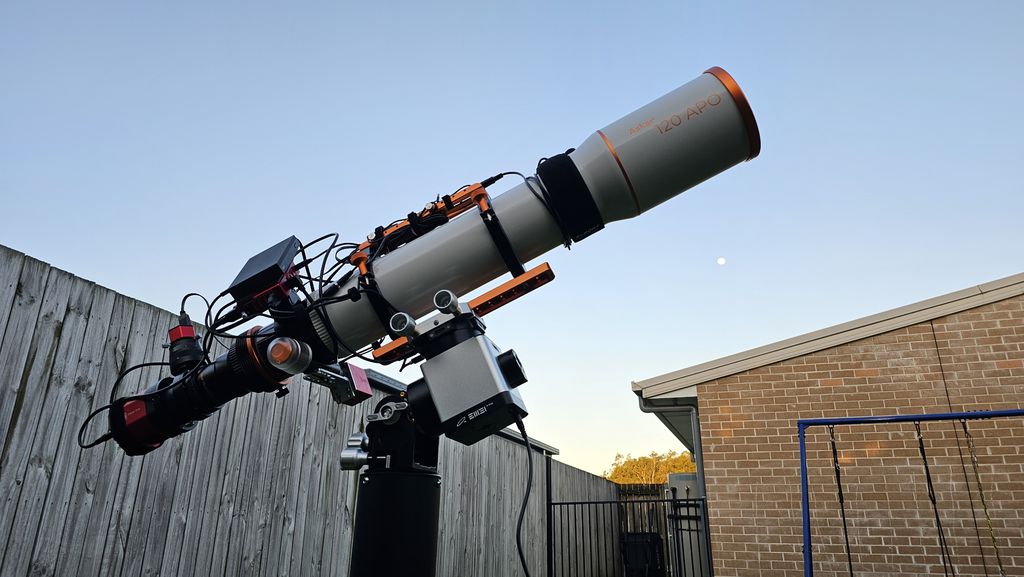
So here's the rig, ready to go on night one.
This is the 120APO with 1x Field Flattener, Player One Artemis C Pro + Filter Drawer and OAG, all riding on my new Emcan Astro EM31 Pro mount.
The plan for night one (being the first use of the mount too) was to get polar aligned, give the scope a test shot on the moon, then find a target far from the 70% full moon, and just spend 1~2hrs getting some prelimenary data.
So, I did just that.
Here's the moon (un-cropped, but 33% scaled) from the setup. This is not a stacked video, this is just a single 1/125s exposure with the Artemis-C Pro.
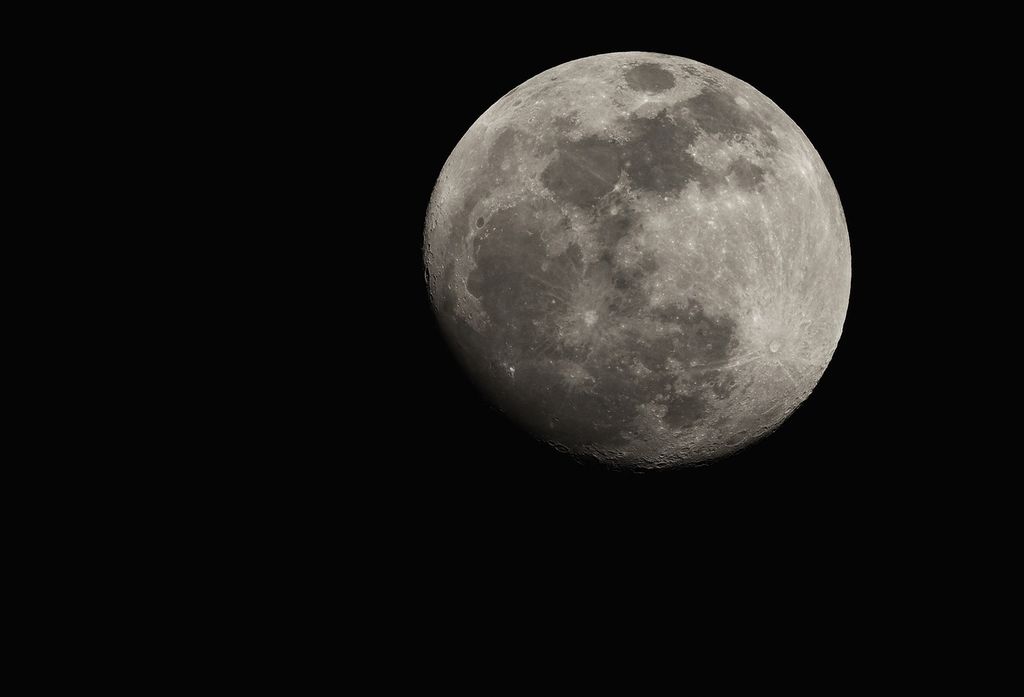
Next, I slewed to NGC-104 (47 Tucanae) This one is 127x120s subs through the absolute worst skyglow my location has to offer - however, for a very first deep sky image from the new mount and scope - I was happy..
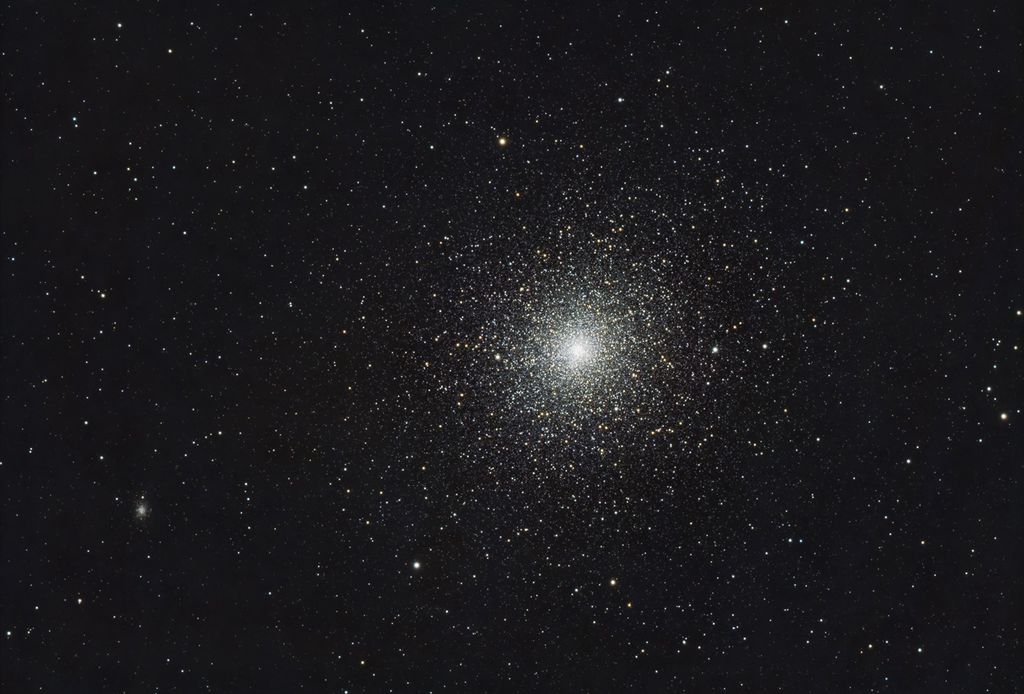
A few nights of either clouds and/or other commitments passed, and I was wondering what to point the scope at next... I decided that, since coming back to astrophotography after my 10 year hiatus, I have been imaging at or below 416mm focal length, and everything has been nebulae. So I wanted to start collecting some data on a galaxy...
My target of choice was not going to rise until 9:45pm, so rather than waste the first 3 hours of darkness, I'd get in a quick image of an old favorite... Obviously, 2.5hrs total integration on a target is not exactly going to put the masses in a state of shock and awe, however, I literally couldn't believe the individual subs as they rolled in on M20, much less, when I stacked and processed the data, seeing what this scope was capable of.
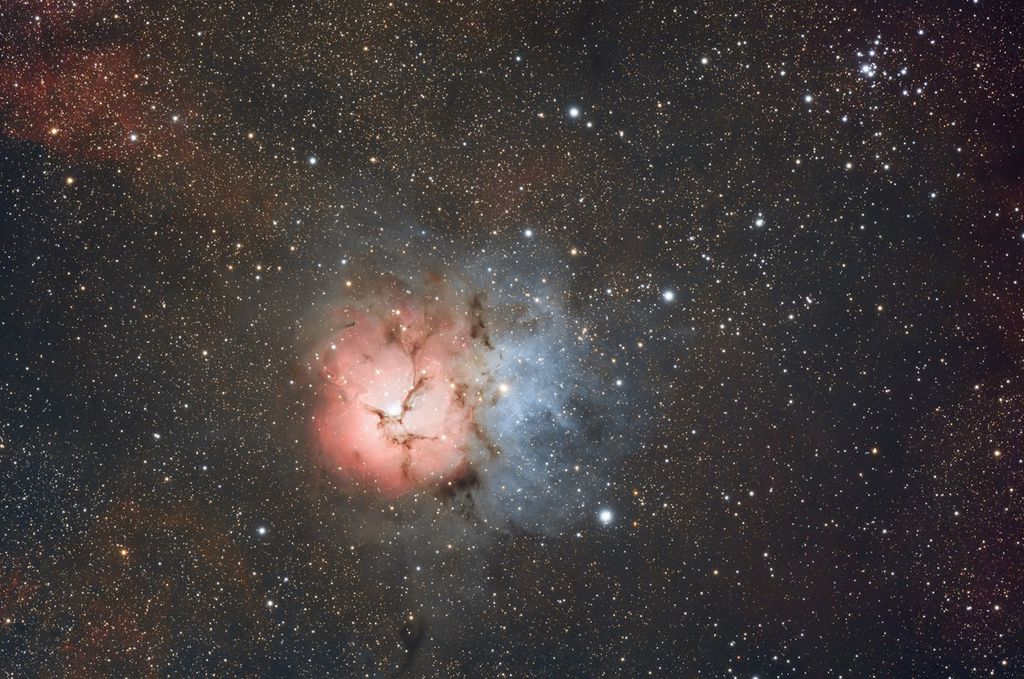
So all up, this is 22x180s subs with a Ha/OIII filter, and 30x180s subs with a UV/IR filter.. Total of 2hr 36min, calibrated with darks only... I thought to myself, if that isn't a positive sign of what my new setup can do, nothing will be...
(See M20 at full size here: https://www.astrobin.com/0fv885/C/ )
Well... then this.... I only got 33x180s subs on my primary target due to both clouds rolling in, and a 80% full moon rising only 60° away, however I intend to add MUCH more integration to this over the coming months.. I have a couple of dust bunnies to clean out of the optics, and I'll get some flats to calibrate these subs first as there are some obvious dark spots....
I -NEVER- thought I'd see this kind of result from 1hr 39min...
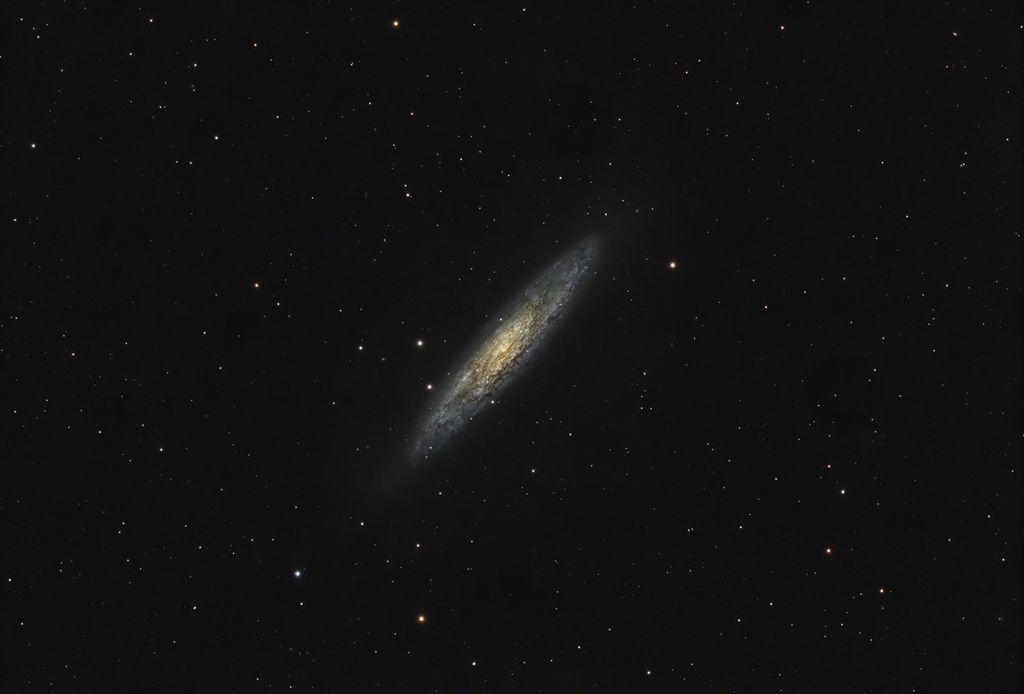
(See NGC253 at full size here: https://www.astrobin.com/1nv6dj/B/ )
So my current verdict, is that this scope is not only a fantastic match for the IMX294 sensor in my camera (providing 1.14"/px), but it's a total powerhouse when it comes to pulling in terific amounts of detail, even with only short integration times. She's a keeper, there is no doubt about that.
I'll know more about what it can really do when I add another 9hrs to NGC253, calibrate it with flats too and really pull out those background galaxies (I count over 40 in the full resolution image).
I can't believe it to be honest.... back when I was last in Astrophotography, somewhere around 2013, a 120mm triplet APO with a dedicated field flattener would have cost well in excess of three times what I paid for the 120APO.. To have this level of equipment available to hobbyists, at hobbyist prices, is remarkable...
I'll be keeping my 65PHQ for widefield work, as it is also an amazing set of optics.
I'm looking forward to many more projects with this scope! Its nice to have some focal length again (back in 2008 I shot primarly at 1000mm with a 8" F/5 newt, and then 2010 I moved to a 8" RC at 1635mm... Since that scope I had a TMB 80/480, an FSQ85, then a 10 year break and came back in with the 65PHQ... so since 2011 or so, all my astrophotography has been at less than 500mm focal length.... Going to 840mm gives me a lot of new options!


